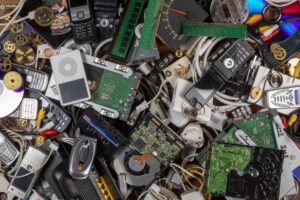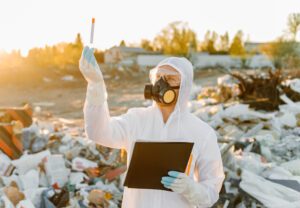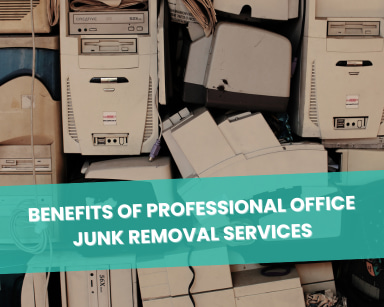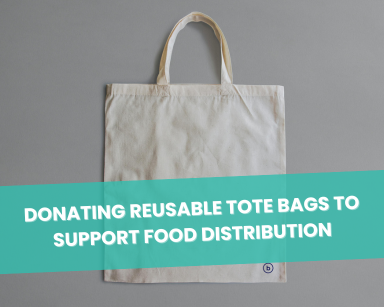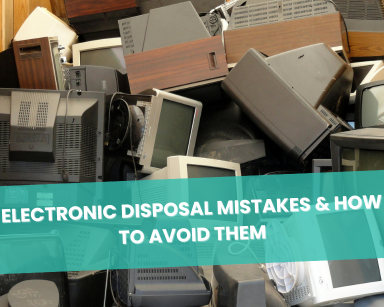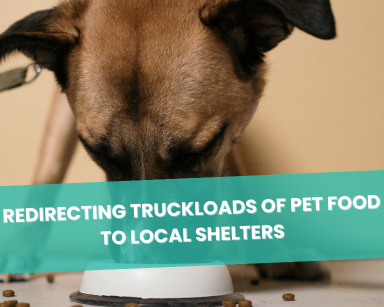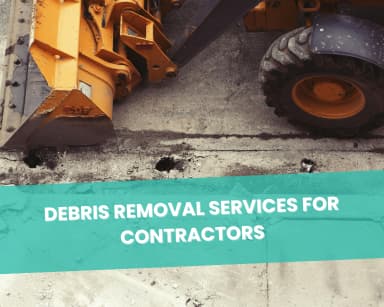Retail Hazardous Waste: The Surprising Truth behind Everyday Purchases
Every year, millions of everyday products, from batteries to cleaning supplies, quietly turn into hazardous waste, causing unseen damage.
Many people don’t realize that items like fluorescent bulbs & aerosol cans release toxic mercury and volatile organic compounds (VOCs) when improperly disposed of.
These substances seep into the soil and water, creating long-term contamination that endangers wildlife and human health.
Retail hazardous waste isn’t just about large-scale industrial pollution, it’s about the hidden risks in our homes. When these products degrade in landfills, they generate leachate, a toxic liquid that can infiltrate groundwater supplies.
Recognizing these hidden dangers is crucial for making informed shopping choices and reducing our environmental footprint. Let’s check the surprising truth behind retail hazardous waste & find practical solutions to this pressing issue.
Table of Contents
What is Retail Hazardous Waste?
Retail hazardous waste includes everyday products with hidden dangers. For instance, many people don’t realize that items like non-rechargeable batteries contain mercury and lead, which can leak into the soil and water.
Old electronics, like cell phones and laptops, often harbor toxic substances such as arsenic and flame retardants. Cleaning products can be especially hazardous; bleach mixed with ammonia creates toxic chloramine gas, a hidden danger many are unaware of.
Even cosmetics, like certain nail polishes, contain formaldehyde and phthalates, which can seep into the environment.
These hazardous materials don’t just vanish when thrown away—they persist and accumulate, posing long-term risks to our health and ecosystems.
The Hidden Environmental Impacts
Retail hazardous waste, generated by everyday purchases, poses significant environmental risks. Common items like batteries, electronics, and cleaning products contain toxic substances that can harm the environment if not disposed of properly.
Waste Generation
Retailers and consumers often discard products without realizing their potential harm. This includes items like:
- Batteries: These contain heavy metals such as mercury and lead, which can leach into soil and groundwater, causing severe contamination. Over time, these metals can accumulate in living organisms, leading to health issues like neurological damage and kidney disease.
- Electronics: Devices like old smartphones, laptops, and televisions are packed with hazardous elements including arsenic, cadmium, and flame retardants. When improperly disposed of, these toxic substances can seep into the environment, poisoning water sources and harming wildlife.
- Cleaning Products: Many household cleaners contain chemicals like ammonia, chlorine, and phthalates. When these products are disposed of down the drain or in the trash, they can release harmful fumes or mix with other chemicals to create dangerous compounds.
Environmental Consequences
The impact of retail hazardous waste extends beyond landfills. The consequences include:
- Landfills: Hazardous waste contributes to the formation of leachate, a toxic liquid that contaminates soil and groundwater.
- Water Sources: Chemicals from hazardous waste can infiltrate water supplies, posing health risks.
- Ecosystems: Toxic substances disrupt wildlife habitats and food chains.
Case Study
The EPA has identified significant environmental damage due to mismanaged retail hazardous waste.
For instance, improper disposal of electronics has led to heavy metal contamination in water supplies, impacting local communities and ecosystems.
The EPA’s strategy includes improving hazardous waste management through better regulations and public awareness initiatives (US EPA).
Regulatory Background
Executive Order 13563 mandates federal agencies to improve regulatory efficiency, ensuring that regulations like those governing hazardous waste are effective and not overly burdensome.
This order led the EPA to review and update hazardous waste regulations for the retail sector, focusing on the management and disposal of hazardous materials.
Retail Sector Challenges
Retailers face significant hurdles in managing hazardous waste, including identifying which products are hazardous, adhering to complex regulations, and ensuring proper disposal methods. Mismanagement can lead to environmental contamination and hefty fines.
Current Regulations
The Resource Conservation and Recovery Act (RCRA) sets the framework for hazardous waste management, emphasizing safe disposal and recycling.
Other relevant regulations include the EPA’s universal waste rule, which simplifies the management of certain hazardous wastes to promote recycling and proper disposal (US EPA).
For detailed information, visit the EPA’s RCRA guidelines and Executive Order 13563.
Practical Tips to Minimize Retail Hazardous Waste
Reducing the purchase of hazardous products is a proactive step towards minimizing retail hazardous waste. Consumers can opt for eco-friendly alternatives such as rechargeable batteries instead of single-use ones and natural cleaning products over those with harmful chemicals.
Reusing products and materials can significantly cut down on waste. Old electronics, for example, can often be refurbished and repurposed rather than discarded.
Encouraging the use of refillable containers for everyday items like cleaning supplies can also help in reducing the volume of hazardous waste.
Another effective strategy is safe donation. Many hazardous products can be made safe for donation with the right handling and preparation. Electronics can be refurbished and donated to schools or non-profits, providing valuable resources while preventing environmental contamination.
Safe disposal remains crucial for items that cannot be reused or donated. Local guidelines often provide specific instructions for disposing of hazardous waste.
Communities may offer special collection events for items such as batteries, electronics, and chemicals, ensuring they are handled in an environmentally responsible manner.
Websites like Earth911 can help locate local disposal options, and it’s essential to ensure that all items are properly labeled and stored before disposal to prevent any accidents.
Eco-Friendly Alternatives
Switching to eco-friendly alternatives not only helps reduce hazardous waste but also promotes a healthier environment and community. Here are some practical substitutions and examples of successful eco-friendly practices.
Product Substitutions
Opting for eco-friendly products can make a significant difference. For instance:
- Rechargeable Batteries: Replace single-use batteries with rechargeable ones to reduce hazardous waste.
- Natural Cleaning Products: Use vinegar, baking soda, and essential oils instead of chemical-laden cleaners.
- LED Bulbs: Choose LED bulbs over fluorescent ones to minimize mercury contamination.
Several companies have successfully implemented eco-friendly practices. For example, Patagonia uses recycled materials in their products and offers a repair program to extend the life of their clothing.
Method Products, known for their non-toxic household cleaners, use biodegradable ingredients and recyclable packaging.
Managing Retail Hazardous Waste
Happen Ventures focuses on turning excess retail inventory into valuable resources for communities, rather than allowing it to become hazardous waste in landfills.
They are dedicated to integrating sustainability, social responsibility, & cost savings by diverting retail waste from landfills to those in need.
Here is how they offers targeted solutions for managing retail hazardous waste:
- Stock Management: They identify excess or outdated inventory, preventing it from becoming hazardous waste.
- Community Partnerships: They work with local organizations to find beneficial uses for surplus products.
- Efficient Logistics: They ensure fast and safe transportation of goods to donation centers.
- Tax Benefits: They help businesses reduce disposal costs and gain tax deductions for their donations.
The Bottom Line
Retail hazardous waste poses significant environmental threats, including soil and water contamination and harm to wildlife. Opting for eco-friendly products, reusing items, safely donating usable goods, and proper disposal are essential steps in mitigating these impacts.
Beneficial reuse offers a practical solution by repurposing excess retail products, preventing waste, and supporting community needs. This approach not only reduces environmental harm but also enhances corporate sustainability efforts.
Make sustainable shopping choices and consider beneficial reuse solutions for managing retail hazardous waste. This strategy helps protect the environment, supports communities, and improves your business’s ESG performance.

